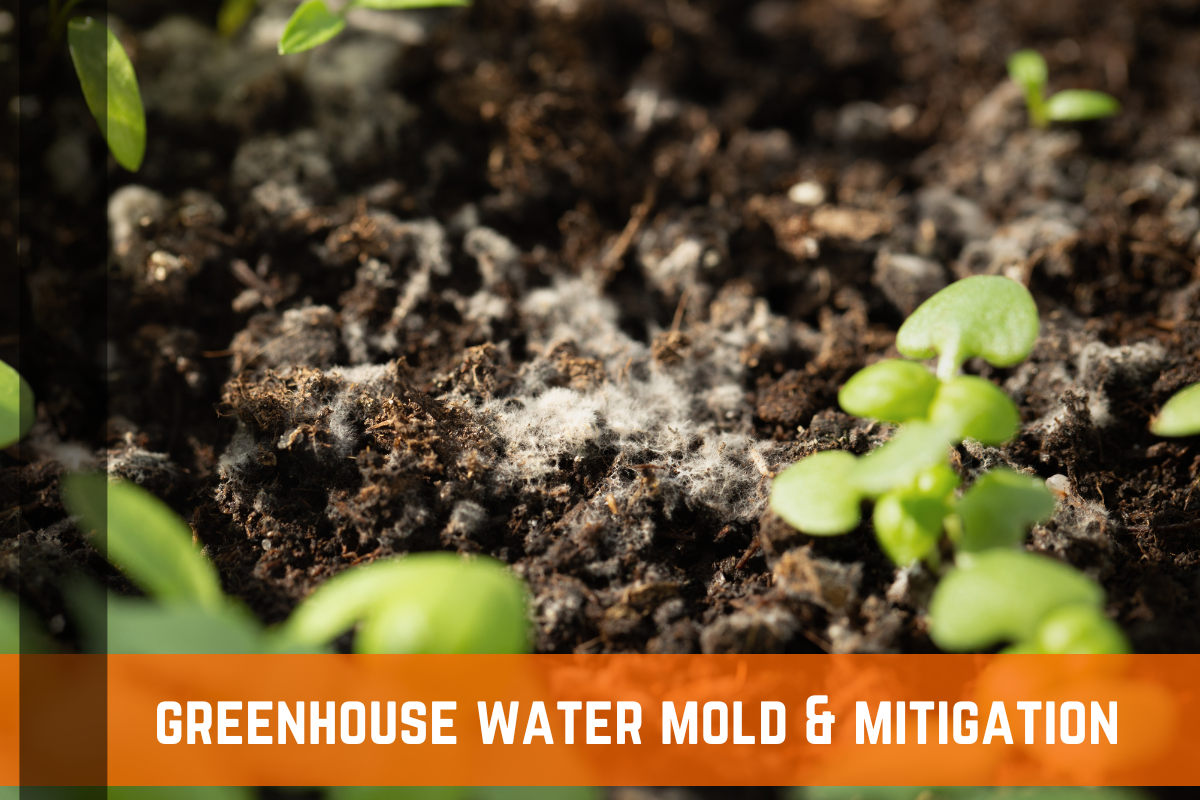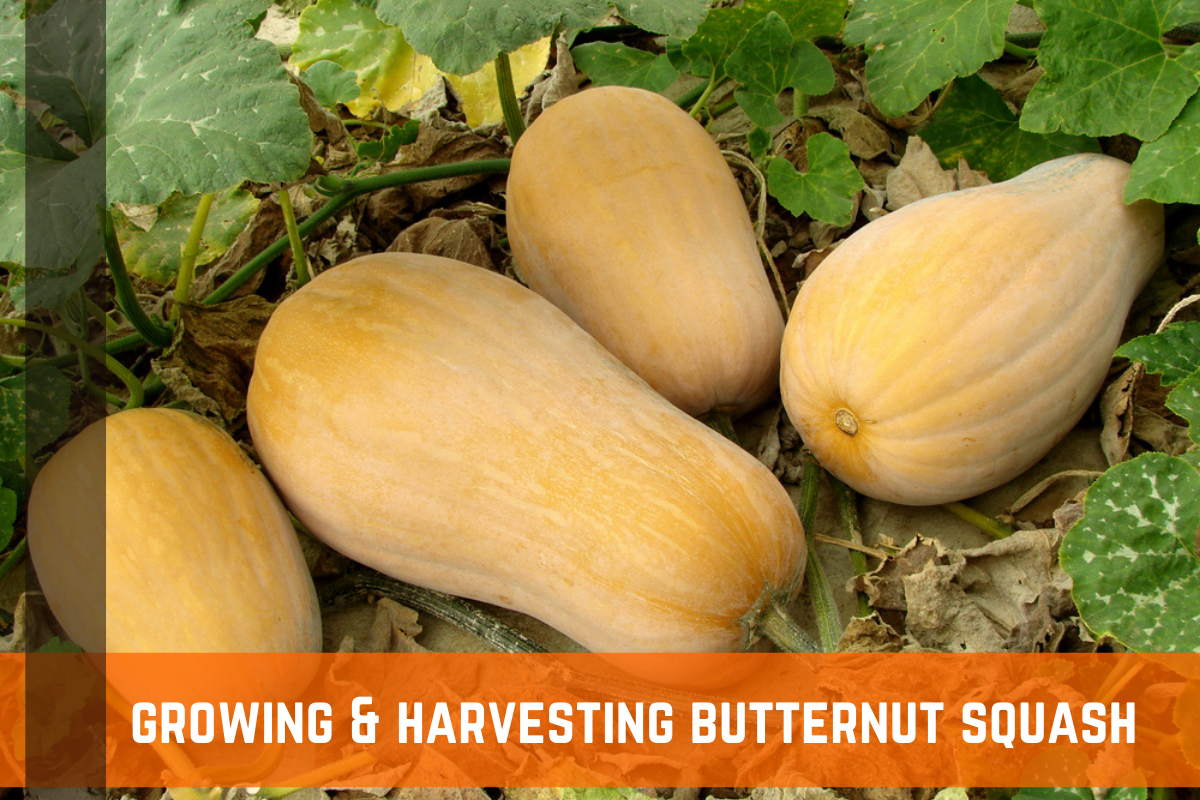Blog
How To Protect Your Greenhouse From Mold
Are your greenhouse plants looking unhealthy, with stunted and droopy leaves? Your plants could have a water mold infection. Of all the pathogens that affect greenhouse plants, water molds are some of the most destructive. Water molds are difficult to identify as they are not as obvious as other types of mold and mildew. They are also challenging to treat and won't respond to common fungicides. Read more
How To Grow Hops At Home
If you are a beer lover, you have probably heard of hops. Hops is a key ingredient in beer, and it gives beer its bitterness and aroma. They are used primarily in brewing beer, but they can also be used to make cider, wine, and herbal teas. So, if you are curious about this key ingredient in beer and want to learn how to grow hops, keep reading! Read more
How To Plant, Grow, & Harvest Corn At Home
Corn has been grown in North American gardens for more than 4,000 years. Because of the unrivaled sweetness of freshly plucked ears of corn, many gardeners are willing to sacrifice some garden area for them. Read more
Backyard Gardening & Cauliflower: How To Grow Cauliflower
Cauliflower tastes a lot like broccoli but has a very distinct nuttiness. The heads, which originate from immature flower buds, are the primary edible component of both broccoli and cauliflower. Due to its extreme sensitivity to temperature changes, cauliflower is not the easiest vegetable to cultivate. It can, however, be a very profitable food for your garden with a little care. Read more
How To Plant & Grow Arugula
Arugula, also referred to as "rocket" or "roquette", is a leafy green that grows quickly in chilly climates and gives salads an acidic, mustard-like flavor. Arugula is indigenous to Europe's drier regions, particularly Italy and the Mediterranean region, as well as Turkey and western Asia. Read more
How To Grow & Harvest Butternut Squash
One of the most widely grown squashes is butternut squash. Harvestable in the fall, the bulbous pears feature thin skin and a sweet, thick orange flesh. As a result, they are simple to cook and a fantastic option for roasting and adding to soups. Being low in carbs and a high source of vitamins, butternut squash is a fantastic vegetable for your health. Read more
How To Plant, Grow, & Harvest Leeks
If you've never tasted leeks, they are a milder variety of onion with a sweeter flavor. Leeks can be used in place of onions in recipes and, unlike onions, can be sliced and frozen for use later on in the year when you run out of your own onions. The optimal conditions for leek growth are organically rich soil and a bright, open location. Plants need room between them to allow for proper airflow. Read on to learn all about how to grow leeks! Read more
Sugar Snap Peas 101: How To Plant, Grow, & Harvest
Growing sugar snap peas is a rewarding and simple process that can bring a fresh and delicious harvest to your kitchen. By selecting the right variety, planting at the right time, and providing proper support and care, you can enjoy homegrown sugar snap peas in just a couple of months. Whether you’re a seasoned gardener or a beginner, sugar snap peas are a fantastic crop to try in your garden this season. Read more
How To Grow Lentils: Protein Packed Legumes
Lentils are a versatile and nutritious legume that can be grown in various climates with relatively low maintenance. Whether you’re an experienced gardener or a beginner, this guide will walk you through everything you need to know about growing lentils—from choosing the right variety to harvesting and storing your crops. Read more
How To Grow Wasabi: Complete Guide & Info
Growing wasabi from rhizomes can take several years. While it can be challenging to self-seed, most people find plantlets to start their harvest. Read on to learn all about how to grow wasabi! Read more










